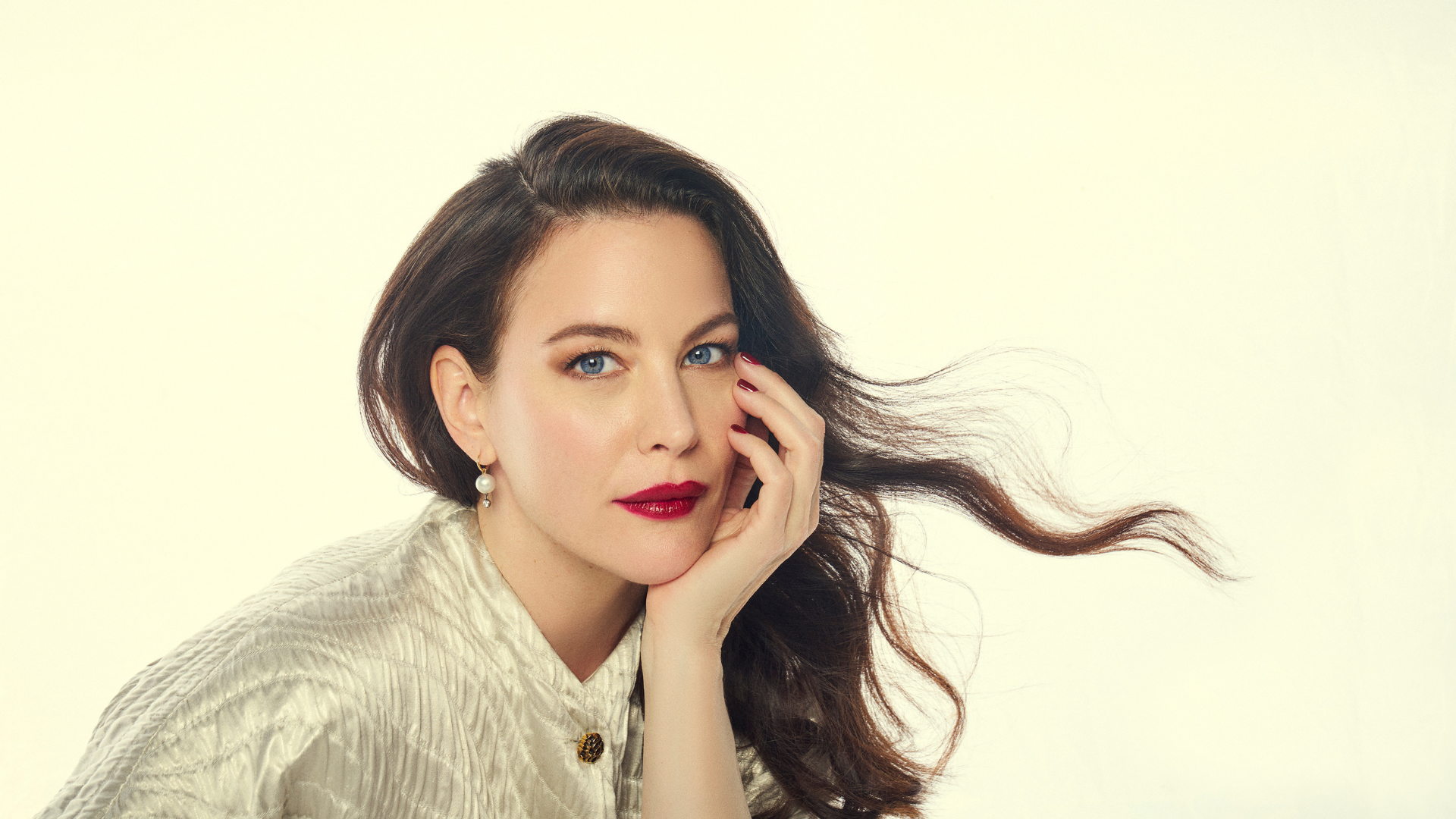The Height of Good Taste
Switzerland has 15,000 hectares of (vertical) vineyards that produce 99m litres of wine a year. So why are they difficult to source? Our Libation Correspondent goes in search of some alpine finery...

One chilly winter’s evening in Battersea, in south-west London, I found myself at the Institute of Masters of Wine, learning about Swiss wine with Stefan Neumann, amaster sommelier, and Sarah Abbott, a master of wine. We tried some of the glorious indigenous varietals that thrive on the vertical vineyards of Switzerland. “If you fell, you would be very relieved about the Swiss hospitals,” Stefan said. It’s not just the vineyards that are steep. Labour-intensive production verging on deadly makes for expensive wines that are often hard to source. But aren’t the best things hard to find, and a little on the expensive side? As Sarah said, “The persistence of wine quality and culture is what makes it so exciting.”
Some of those indigenous varietals include Chasselas, the most common white-grape variety grown in the cantons of Vaud, Valais, Geneva and Neuchâtel. Another white grape worth seeking is Räuschling, an old German variety from the Landau region, where it was first mentioned in 1546. A wine we tried, Weingut Pircher Räuschling 2022, had a nose reminiscent of pencil shavings, which, unusually, was reflected on the palate — so flinty! It had a fleshy finish alongside the steel; if you like your austere Chablis, this would be perfect.
Somehow the indigenous grapes have so much energy, as if they are alive, like a fresh oyster. Switzerland has more than 200 indigenous grape varieties, and they really are just the tip of the alpine-wines ’berg. In Switzerland alone there are around 15,000 hectares of vineyards producing 99m litres of wine per year. Drastically, for Britain, only around one per cent of this is exported. It is no exaggeration to say the Swiss are drinking all the good stuff, as when looking at wine consumption per capita, Switzerland ranks fourth. Britons aren’t even in the top 10 (we must try harder).
Look out for wines from Alto Adige and what is known as the Savoie, the alpine regions of France, and finally Carnuntum in Austria. It’s not all about the indigenous varieties, either. I recently had a Syrah from Switzerland that made me wish I had a few more bottles of it in the cellar. As hard to find as some of these wines may be, it isn’t impossible to get hold of them. And what a perfect excuse to go skiing! For the time being, here are a few options you can try at home:


Somehow the indigenous grapes have so much energy, as if they are alive, like a fresh oyster.
Germanier Cayas Syrah 2020, Hedonism Wines, £65
The heartier side of Syrah, this is a joy on a cold winter’s night with a steak and a generous dollop of stilton.
Domaine des Muses Humagne Blanche Tradition 2022, Gauntleys Fine Wines, £46
The grape for this elegant wine is called Humagne Blanche, pronounced ‘oomah blanche’. The name has two translations: ‘bishop’s wine’, for the belief it helped with healing, and ‘new mother’s wine’, because the grape is believed to contain lots of iron. Healing powers aside, it is delicious. Soft pear, chamomile, flint with a lush texture and nutty aftertaste: it is the full package. Humagne Blanche was mentioned in Valais in a parchment document in 1313 alongisde Rèze, making it one of the oldest grape varieties in Europe.
Domaine Jean-René Germanier Petite Arvine 2023, Alpine Wines, £45.60
Like James Bond, the Petite Arvine grape is an orphan. The DNA tests for the etymology found ‘no parents’. It is a straw-like white in colour, has a super-generous nose reminiscent of warm milk and nutmeg, and on the palate it is like an English summer, bizarrely just like rhubarb with honey and lemon. A delight.
Les Celliers de Vétroz Rhapsodie 2013, Origin Wine Ltd, £62.40
This is made from a fun little grape called Amigne, a grape variety native to Valais. It is referred to as a chameleon grape, as it can produce dry, medium-dry and sweet wines. The sugar level is wholesomely indicated in Vétroz by a stick illustrating one, two or three bees. This particular example is maximum bees, at 280g/l. It sounds like a lot — there are 108g of sugar in a litre of Coca-Cola, by way of comparison, and I wouldn’t recommend drinking a litre of sweet wine, but you do you. The grapes are harvested late in December and undergo fermentation in stainless steel, so you really are tasting pure ripe, sweet grapes. Somehow, as is the magic of grapes, there is still plenty of acidity, so this wine is a dream. It would pair well with cheese. Notes of pralines, tangerine and milk chocolate.
Terlano Rarita Pinot Bianco 2011, Hedonism Wines, £215
From the formerly mentioned Alto Adige, Pinot bianco is the Italian for Pinot blanc. This grape is so special when handled with care, as Cantina Terlano always do. The wine has been resting on the lees for at least 10 years to encourage complexity while retaining the recognisable freshness of this great skiing region. A salty finish makes you wish you were on that final uncomfortable mouthful of cheese fondue...






